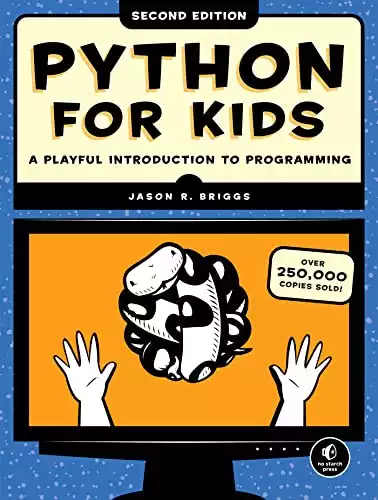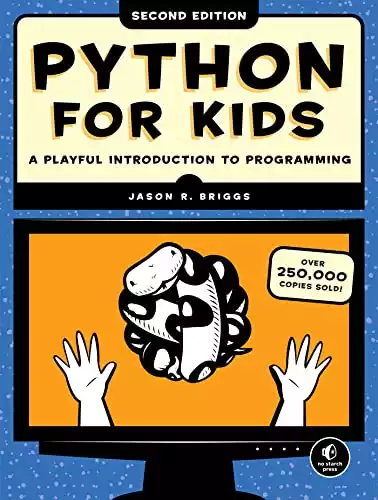Introduction
Machine learning for kids: Welcome to this tutorial on Python Loops! In our everyday life, we often find ourselves doing repetitive tasks. In Python, when we want to perform a task multiple times, we can use something called a ‘loop’. Loops, as the name suggests, allow us to execute a block of code repeatedly.
Table of contents
Who Is This For?
Grade: 6th to 10th.
This tutorial is designed for students in grades 6 to 10 who are familiar with Python basics including variables, data types, and conditionals. If you’re ready to learn about a powerful feature of Python that can save you from repetitive work, then you’re in the right place!
Also Read: How Long Does It Take To Learn Python
What Will We Learn?
Machine learning for kids: In this tutorial, we’ll learn about two types of loops in Python: for loops and while loops. We’ll learn how to write these loops and how to control the flow of repetition using conditional statements.
Python provides two types of loops to handle looping requirements: for and while.
For Loop: The for loop in Python is used to iterate over a sequence (like a list, tuple, dictionary, set, or string) or other iterable objects. Iterating over a sequence is called traversal.
While Loop: The while loop in Python is used to iterate over a block of code as long as the test expression (condition) is true.
Here are examples of a for loop and a while loop:
# Example of a 'for' loop
print("For Loop Example:")
fruits = ["apple", "banana", "cherry"]
for fruit in fruits: print(fruit) # Example of a 'while' loop
print("\nWhile Loop Example:")
counter = 1
while counter <= 5: print(counter) counter = counter + 1Let’s break down each part of the code:
In the for loop example, we have a list fruits with three items. The line for fruit in fruits: starts the loop, and fruit is a new variable that Python creates for each loop iteration. During each loop, Python assigns the next value from the list to the fruit variable. Then it executes the indented block of code, which in this case, is print(fruit). So the loop prints each fruit in the list.
In the while loop example, we start with a counter set to 1. The while statement checks if counter is less than or equal to 5. If this condition is true, it executes the indented block of code (printing the counter and then adding 1 to the counter). This continues until the condition is false, i.e., until counter is greater than 5.
The output of the program will be:
For Loop Example:
apple
banana
cherry While Loop Example:
1
2
3
4
5In this tutorial, we’ve learned about the for and while loops in Python. Loops are a powerful tool that let your programs do repetitive tasks easily and efficiently. In the next tutorials, we’ll learn about more complex uses of loops. Happy coding!
NEXT TUTORIALS
Tutorial 1 – Installing Python
Tutorial 2 – Your First Program in Python
Tutorial 3 – Python Variables
Tutorial 4 – Python Data Types
Tutorial 5 – Python Conditionals
Tutorial 6 – Python Loops
Tutorial 7 – Python Functions
Tutorial 8 – Advanced Python Functions
Tutorial 9 – Starter Machine Learning Python Program
Tutorial 10 – Your First Machine Learning Program!
Explore more with this book.
References
Briggs, Jason R. Python for Kids: A Playful Introduction To Programming. No Starch Press, 2012.












